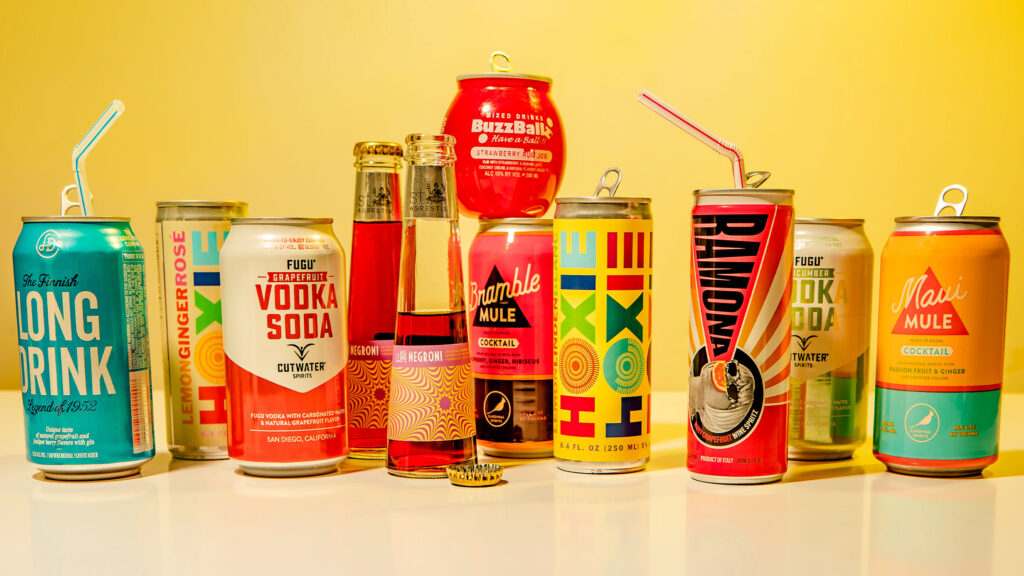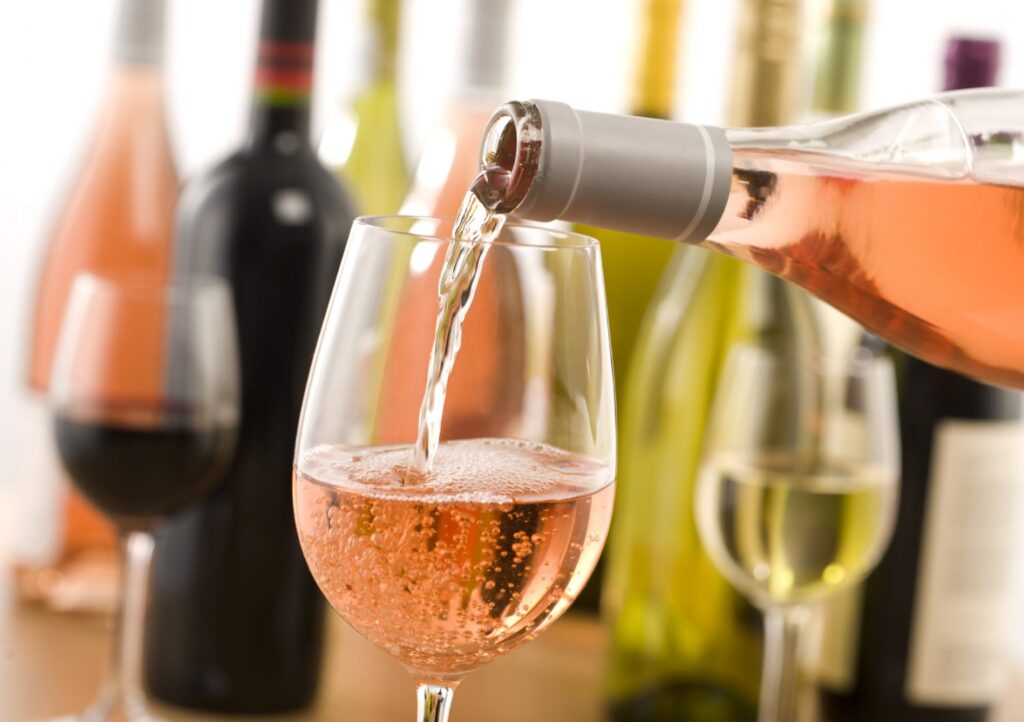Spring is here and summer is fast approaching. As consumers dream of picnics, beach days, and nights by the fire, retailers prepare to meet the rising demand for the beverages that make those dreams all the more tantalizing.
To meet this demand, retailers are shifting their wholesale orders to include increased numbers of the beverages that their customers are looking forward to enjoying. In fact, across the board, beverage sales for categories that are traditionally best enjoyed when the weather is warmer have shot up. According to data from City Hive: insights, distributor sales of wine (+23%), RTD cocktails (+20%), and tequila (+70%), saw significant increases from February to March. At the same time, retailers have looked to scale back purchases of more wintery beverages with orders for Whiskey (-37%) and Vodka (+/- 0%) either falling or stagnating. While these purchasing trends align with general industry expectations for the run-up to spring and summer, they are reflective of a number of fascinating developments seen in the American Bev/Alc industry.
Growth in Wine Sales
Growth in RTD Cocktail Sales
Growth in Tequila Sales
1. RTD Cocktails Remain Dominant
Though many have expected the RTD cocktail bubble to burst, consumer demand shows no signs of slowing down. This growth comes despite market oversaturation, with, in just the past month, Absolut, The Boston Beer Company, and Grey Goose all launching new RTD cocktails.
Upon the launch of their new RTD cocktail line, Chris Shead, off-trade channel director at Pernod Ricard UK, noted astutely, “the pre-mix can category [is experiencing] rapid growth, [and] we want to be a leader within the premium RTD cocktail category.”
While the percentage increase for RTD cocktails from February to March was not as significant as the increase seen by wine or tequila, the raw numbers indicate that RTD cocktails have not seen the level of demand decline that those other spirits categories face during the colder months. As such, the demand increase for RTD cocktails is only going from high to higher. This steadily increasing demand is reflective of the industry-wide realization that the attractiveness of RTD cocktails was not directly tied to pandemic-specific concerns as many outlets reported during the initial boom of these cocktails that came in 2020 and 2021.
Though it may be reasonably argued that the initial surge of popularity of RTD cocktails was driven in whole or in large part by the desire of consumers to enjoy cocktail bar level beverages without risking traveling to a crowded bar, it would be incorrect to state that the continued popularity of these beverages is limited by the desire to return to bars. In fact, as bar patronage surges toward record highs in the aftermath of the pandemic, RTD cocktail sales have only increased. As RTD cocktails rapidly replace beer in coolers across the nation, betting on the fastest growing category of spirits sales continues to return good odds.

2. Tequila’s Sales Increase Reflects Increasing Customer Demand
Of the above statistics, perhaps the most eye-catching is the increase in sales of tequila. Showing a 70% increase from February to March, tequila has overtaken vodka as America’s second fastest growing spirit category and threatens to challenge Vodka and RTD cocktails for the title of America’s favorite spirit.
This comes as 2022 and 2023 saw a massive surge in the number of craft distillers and major brands investing in promoting the spirit. Specifically, the tequila industry has seen growth in the number of celebrity-backed distillers with names as notable as Dwayne “The Rock” Johnson (Teremana), Micheal Jordan (Cincoro), and George Clooney (Casamigos) all launching brands of their own.
In fact, Stoli Group’s premium category leader Nik Keane argues that these celebrity brands have been the driver of this revolution claiming that these celebrities have “been significant fuel for further category growth” and that, “they have helped to take Mexican culture and Tequila into the mainstream […] These are popular mainstream drinks now, and celebrities have helped to fuel that.”
Regardless of the reason, tequila sales continue to accelerate and retailers are braced to meet the growing demand.
3. Increased Demand for Wine Driven by White Wines, Sparkling Wines, and Rosés
Of course, calling “wine” as a category a summer beverage is an oversimplification and it is possible that the increase in sales of wine could be purely coincidental. However, when you break down wine by sub-category the data shows that there were 100% more white wines, sparkling wines, and rosés sold in April than reds. In fact, these wines as an independent category make up 14.1% of total distributor purchases for the month of March according to data from City Hive: insights.

4. Vodka Sales Stagnation Reflects Consistent Category Demand
Of course, calling “wine” as a category a summer beverage is an oversimplification and it is possible that the increase in sales of wine could be purely coincidental. However, when you break down wine by sub-category the data shows that there were 100% more white wines, sparkling wines, and rosés sold in April than reds. In fact, these wines as an independent category make up 14.1% of total distributor purchases for the month of March according to data from City Hive: insights.
As we head into the warmer months, the American beverage and alcohol industry is experiencing some interesting shifts in consumer demand. While traditional summer spirits like wine, RTD cocktails, and tequila have seen significant increases in sales, more wintery beverages like whiskey are seeing a decline. The popularity of RTD cocktails continues to surge despite market saturation, with demand steadily increasing. Tequila is also on the rise, driven in part by celebrity-backed brands. Vodka remains the most popular distilled spirit in America, but its sales have stagnated. Overall, retailers are prepared to meet the growing demand for summer beverages, particularly in the sub-categories of white wines, sparkling wines, and rosés. These trends are reflective of broader changes in consumer behavior, highlighting the importance of innovation and adaptation in the industry.

